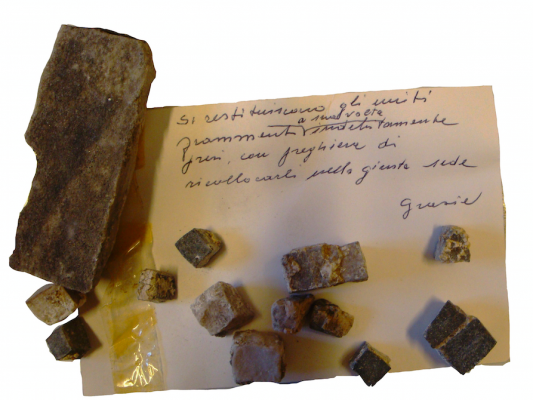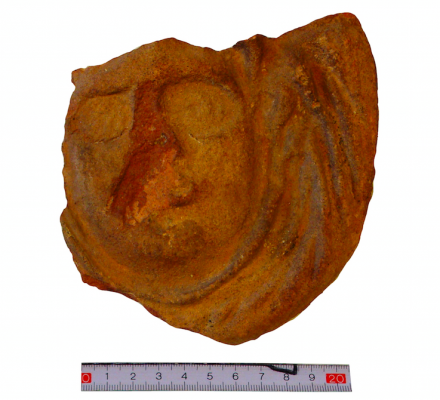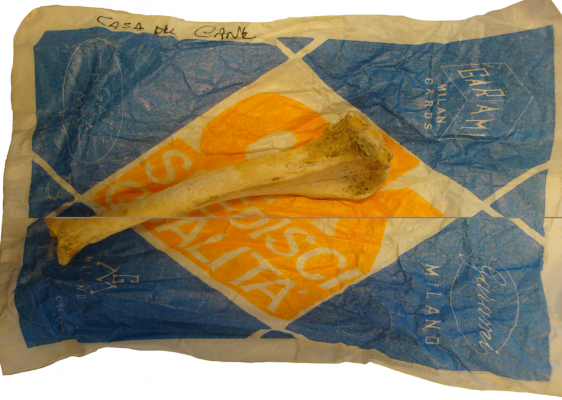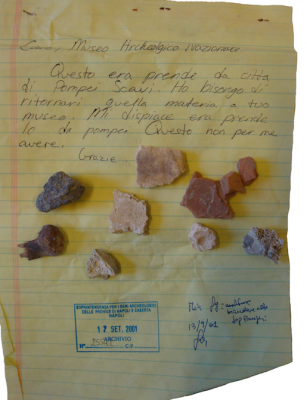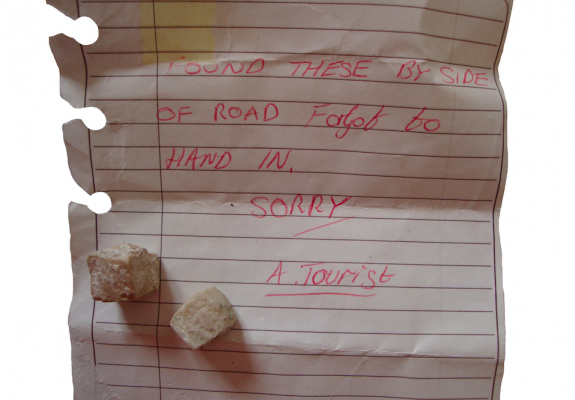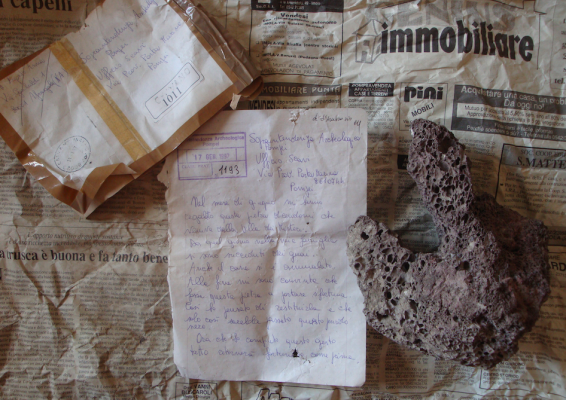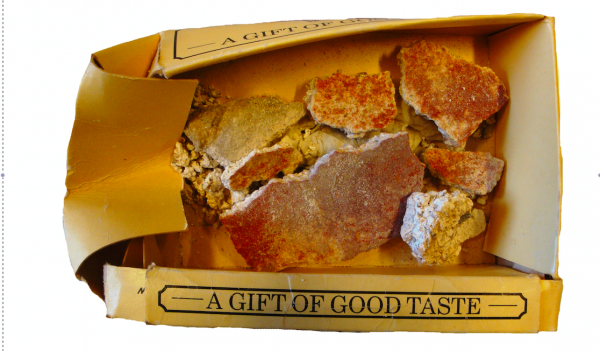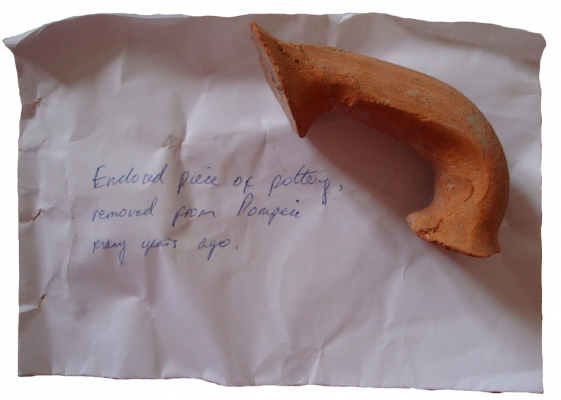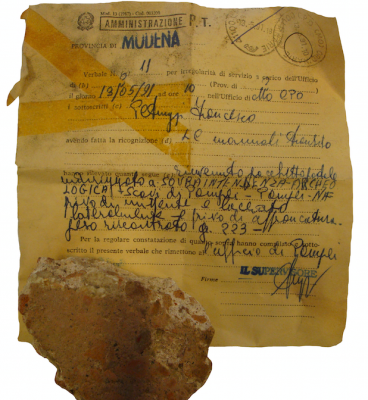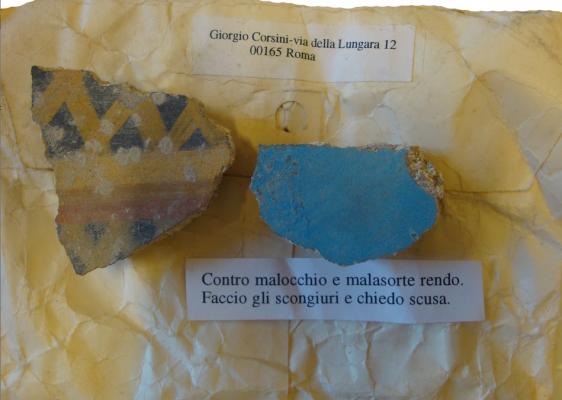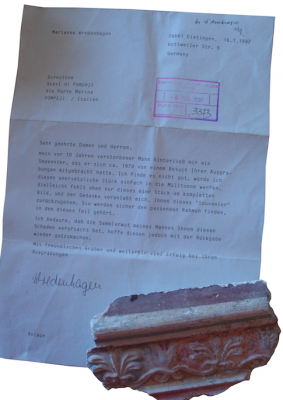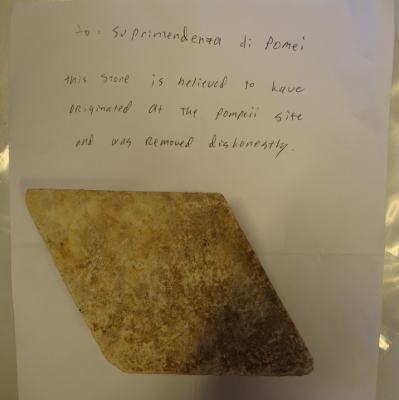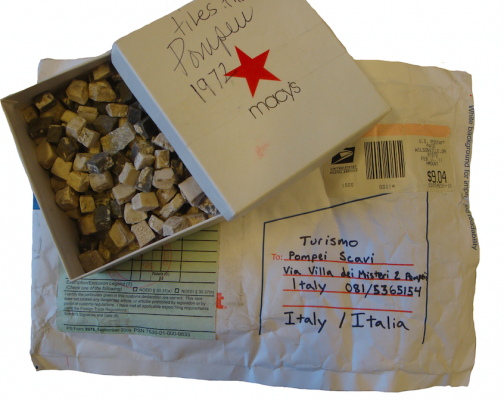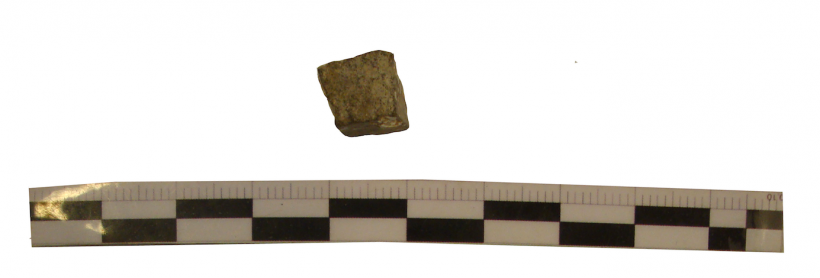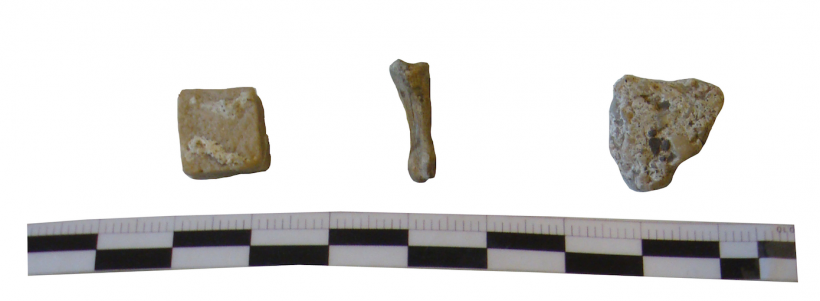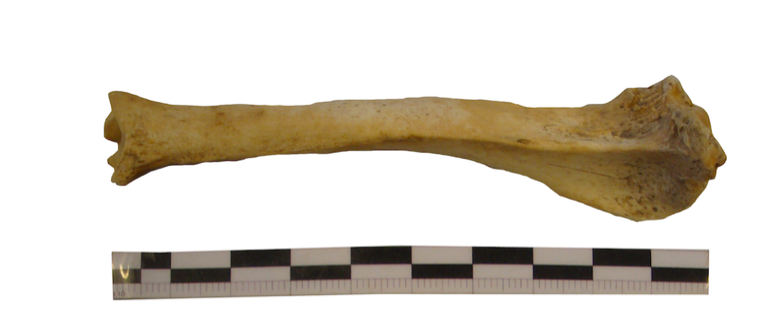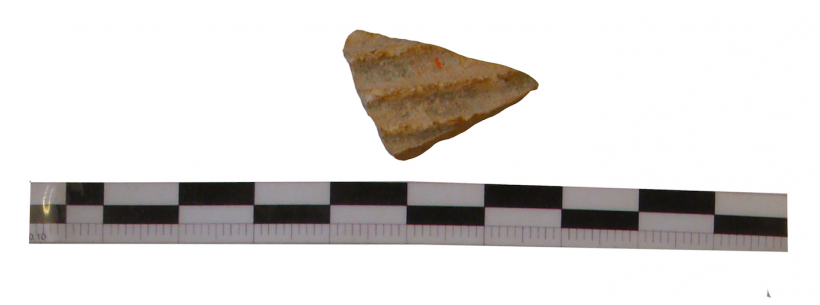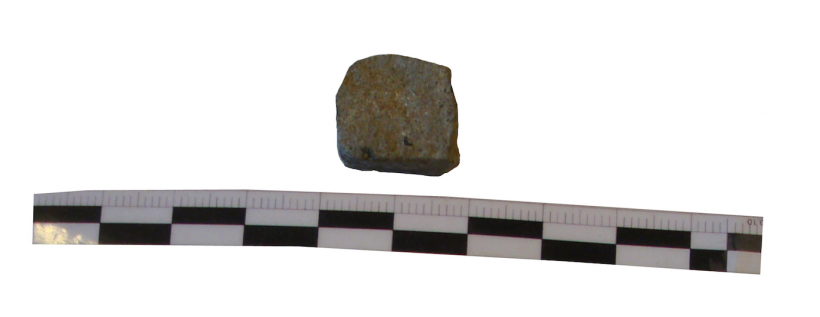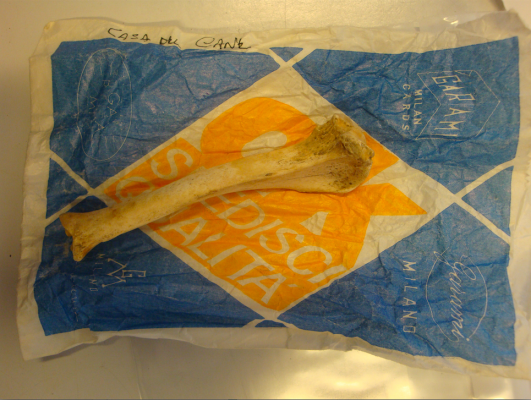Leaving the Forum, I head towards some of the villas for which Pompeii was renowned. Grandest of all is the House of Menander, so large that it takes up an entire district. During excavations, archaeologists discovered an underground room beneath the villa, and in it a chest containing one hundred pieces of silver. Pompeii has been plagued by theft since the Roman era, when endemic crime was compounded by the fact that those in power had special license to steal: Nero – or so the defamatory stories go – would dress up as a slave and loot his own city at night. Those who lodged official complaints were punished, so victims turned to astrologers for answers, preparing curse tablets with retributions to be enacted by local gods.
Eighteenth-century archaeologists were surprised to find the ruins riddled with tunnels dug by first-century explorers, suggesting the city had been extensively sacked before official excavations began, and thieves continue to target the site. In a dramatic manhunt in April 2003 Italian police chased down a priceless fresco cut from the walls of the House of Chaste Lovers. The Carabinieri set up roadblocks across Naples and eventually managed to recover the artefact, which shows a cockerel pecking a split pomegranate. The fresco is particularly coveted by Pompeii enthusiasts because archaeologists believe the artist may have been at work on the day of the eruption. It was painstakingly restored to the walls of the house, but the fragments that Osanna receives are not so easily replaced. ‘It’s impossible to put them back,’ he told me, ‘Sometimes the letters mention an approximate location, but this site is extensive – forty-five hectares in total. It’s not like you can just fit a piece back into the puzzle.’
When Osanna became Pompeii’s superintendent in 2013, it was at a time of new optimism for the site, which had finally received a large injection of funding: €75m from the EU for conservation, and another €30m from the Italian government. The preceding years had been marked by a series of small catastrophes. To the great embarrassment of Pompeii’s overseers, the House of Gladiators fell down in 2010 in what local politicians described as ‘a disgrace for the whole of Italy’. Twice in 2012 there were architectural collapses, in the Temple of Jupiter, one of Pompeii’s main attractions, and another in the Villa of the Mysteries.
The new funding has been dedicated to The Grand Pompeii Project, an effort to restore the entire site by 2016. Six ancient residences, including the House of the Wild Boar, have recently reopened, and the site has been armed with fences and CCTV. ‘In the past it was possible to take things, but no longer!’ Osanna assured me from behind his desk, his smile confident. But despite his best efforts, the restoration project is behind schedule and thefts have continued. In 2014, a portion of fresco from the House of Neptune went missing, one that depicted the goddess Artemis with her brother Apollo, stolen, according to police, by experts. In the same year, after severe rainfall damaged a number of buildings, a UNESCO inspector warned that the site could collapse entirely unless ‘extreme measures’ were taken. ‘Perhaps this is what has pushed people to return the stolen items,’ Osanna mused. ‘Perhaps they want to make a small contribution to the survival of Pompeii.’
It may be that the impulse to return items is symptomatic of a new collective conscience around stolen antiquities, and part of the wider debate around international repatriation. In recent years, there have been reports of the return of artefacts to museums elsewhere, suggesting a spirit of atonement. In 2005, a pair of Roman ballista stones were left outside a museum in Israel with a note declaring, ‘I stole them twenty years ago, and they have brought me nothing but trouble,’ adding wisely, ‘Do not steal ancient artefacts!’ We might wonder whether the principle extends to artefacts looted by imperial powers, as well as repentant tourists.
